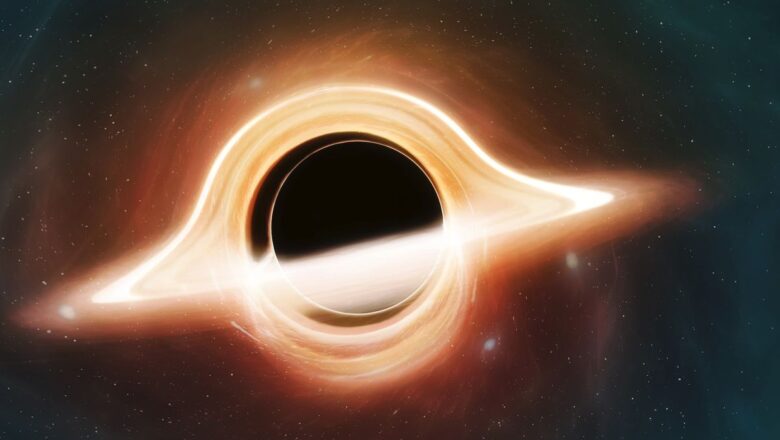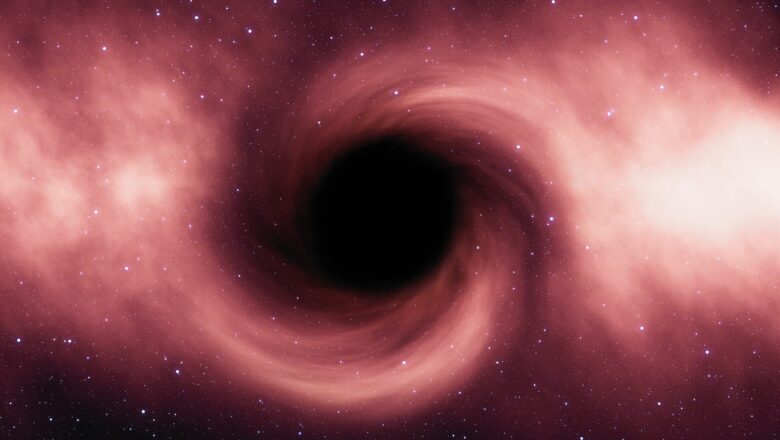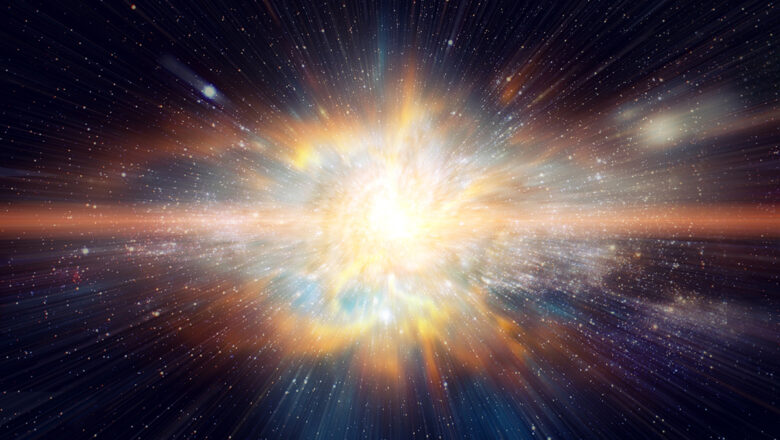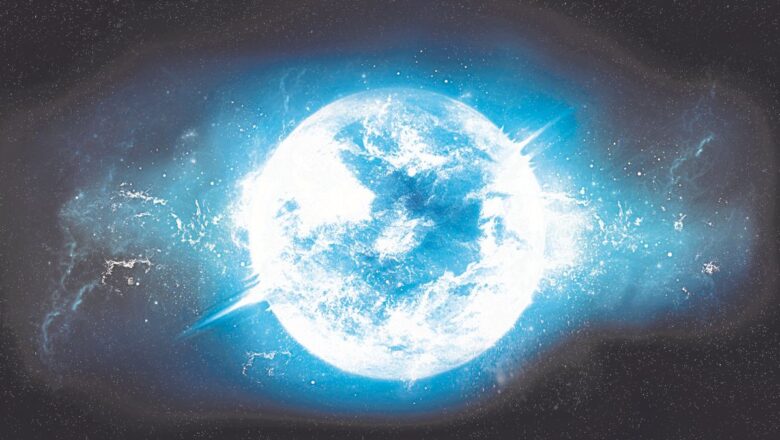
Supermassive Black Hole 700 Million Times the Sun’s Mass Fires Energy Beam at Earth
Astronomers have unveiled the most ancient blazar ever observed a supermassive black hole from the early universe shooting an energy beam directly toward Earth. This cosmic behemoth, with a mass equivalent to 700 million suns, offers scientists a rare glimpse into the universe’s formative years.
Published in The Astrophysical Journal Letters, the study titled Properties and Far-infrared Variability of a z = 7 Blazar marks a breakthrough in understanding supermassive black holes.
The newly identified blazar, named J0410−0139, lies an astounding 12.9 billion light-years away. Its energy beam has traveled nearly 13 billion years to reach Earth, originating just 800 million years after the Big Bang. This makes it the farthest blazar ever detected, outpacing the previous record-holder by ...



